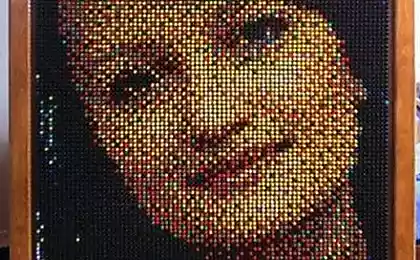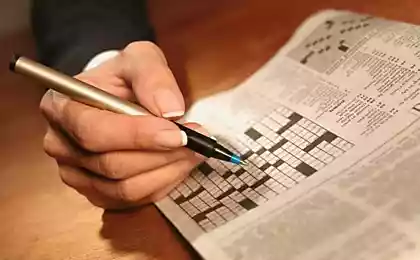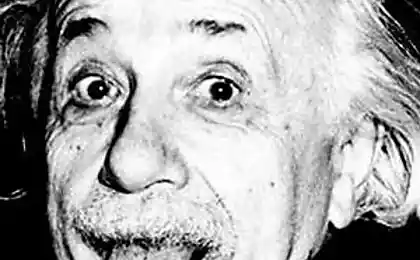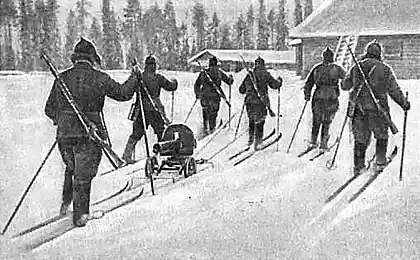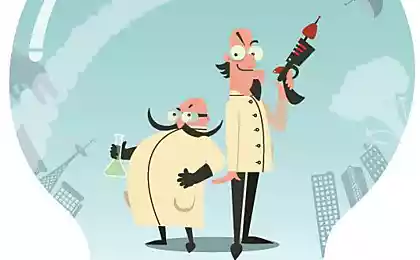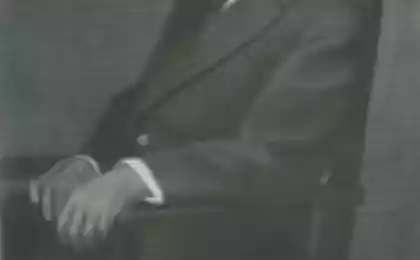840
inventions that were made by chance
Penicillin
A breakthrough in medicine - penicillin, was accidentally discovered by the Scottish biologist Alexander Fleming when he returned from vacation, he noticed that the bacteria were killed by an unknown strain of the fungus.

Microwaves
Once Percy Spencer, an engineer working at Raytheon, noticed that the chocolate bar in his pocket had melted, after he went to the magnetron (generates a microwave electron tube). A few years later, he applied his observation in practice, giving the world a microwave.
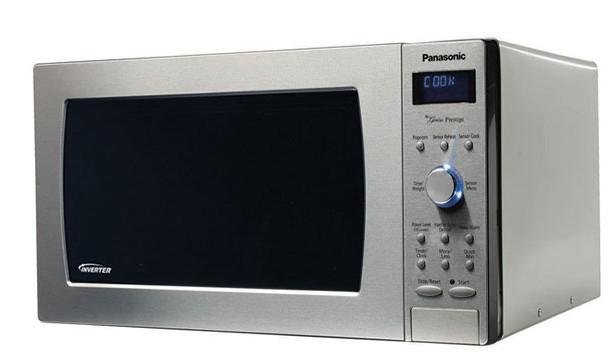
Velcro
Velcro properties thistles prompted in 1941. Swiss engineer Georges de Mestral to create textile fasteners, acting on a similar principle. Having examined under a microscope burdock flowers, consisting of Micro-all he could do was to make the second half of the Velcro - mikropetli.
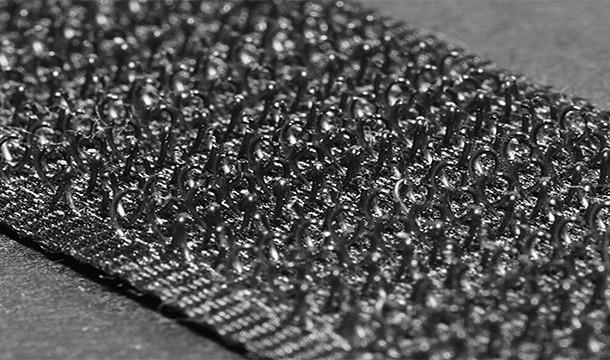
Teflon
In an effort to replace hazardous at the time cooling in refrigerators something more suitable and less dangerous scientist Roy Plunkett of the DuPont invented a surface that is resistant to high temperatures and chemicals - Teflon.
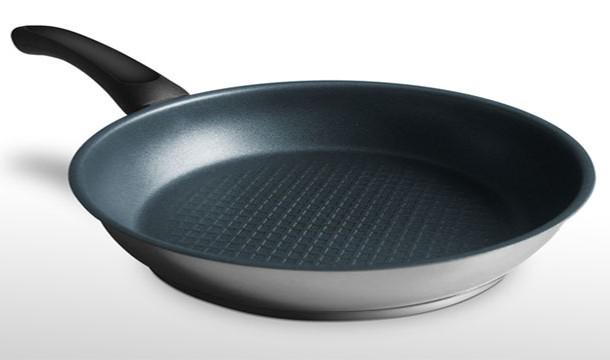
Vulcanized rubber
In the 30s of the 19th century rubber inability to resist extreme temperatures forced many to write off all this stuff. However, Charles Goodyear did not leave hopes to create a new rubber. And help him in this own clumsiness, he simply dropped the sample onto the plate, and, lo and behold, he did not burst into flames.
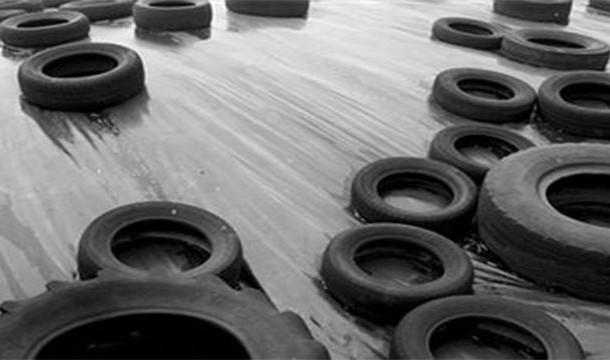
Coca-Cola
John Pemberton was not a businessman. He just wanted to find a cure for migraine headaches. The recipe was simple: the coca leaves and kola nuts. But his assistant accidentally mix these two ingredients with soda - so there was a Coca-Cola.
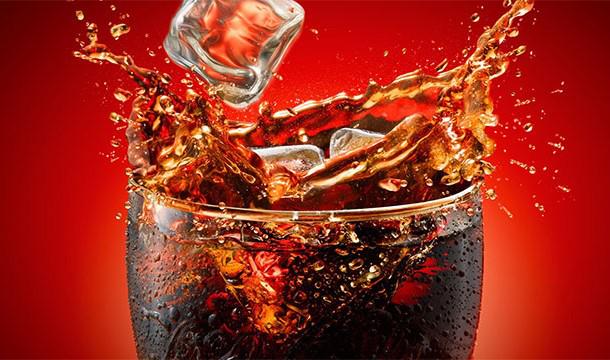
Radioactivity
In 1896, French scientist Henri Becquerel was working on an experiment where the crystal-enriched uranium burned image on a photographic plate, using sunlight ... at least he thought so then. One cloudy day, he decided to postpone the trial to better weather, and folded everything you need in a drawer. A few days later Henry found that the crystal of uranium still beams and "clouded" of the plate.
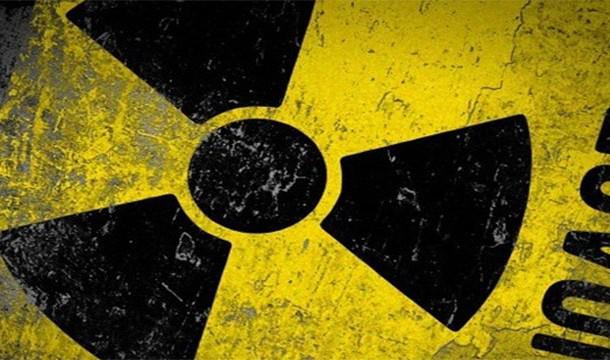
Cornflakes
Keith Kellogg assisted his brother, who worked in a sanatorium town Battle Creek. Once ready to bread made from corn flour, they had to leave. The dough was spoiled and with lumps, but they still decided to bake bread from it. Those are the lumps turned crispy and have become a real hit among nursing home patients.
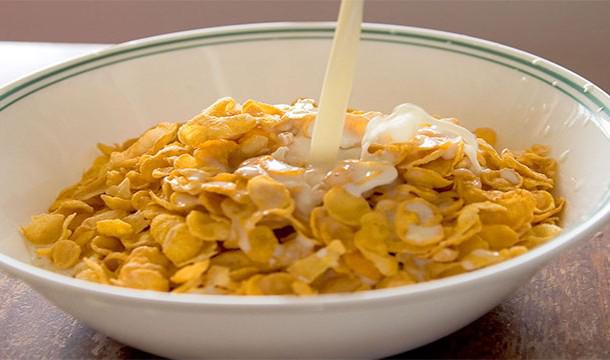
Saccharin
Constantine Falberg, a scientist at Johns Hopkins University accidentally carried the experiment, some components of home. Over dinner, he noticed that the bread was exceptionally sweet, despite the fact that sugar does not contain. Then Falberg guessed that it was bread from the laboratory.
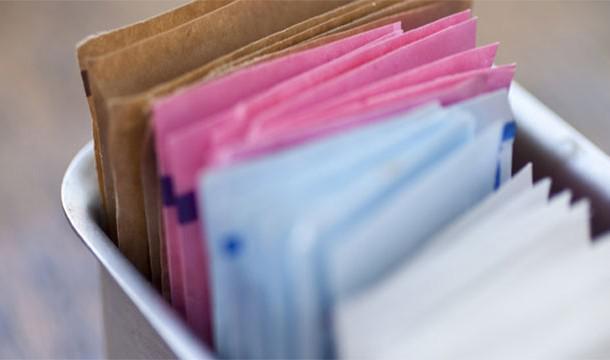
Pacemaker
Wilson Greytbatch developing a device for recording the heartbeat of animals at Cornell University, mistakenly took the wrong transistor. By incorporating the unit, he realized that the pulses emitted by them are very similar to the rhythm of beating human heart.
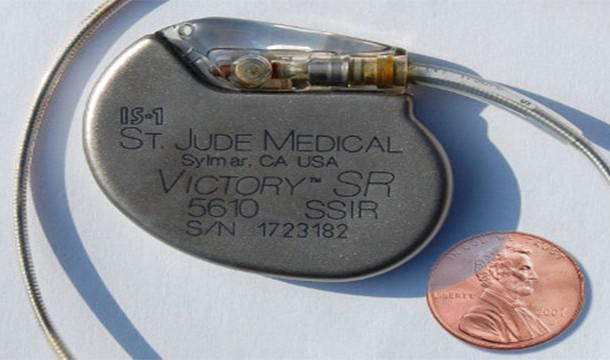
Modern anesthesia
For a long time, alcohol was the most famous and preferred by physicians anesthesia. But in the early 19th century, doctors have found that ether and nitrous oxide (laughing gas) temporarily relieves the pain.

Silly putty
During World War II, trying to create a substitute synthetic rubber, James Wright accidentally spilled boric acid to silicone oil. The result was a strange substance stretching, with no obvious way to use. In 1950, Peter Hodgson saw the strange polymer capacity of children's toys in America better known as Silly Putty.
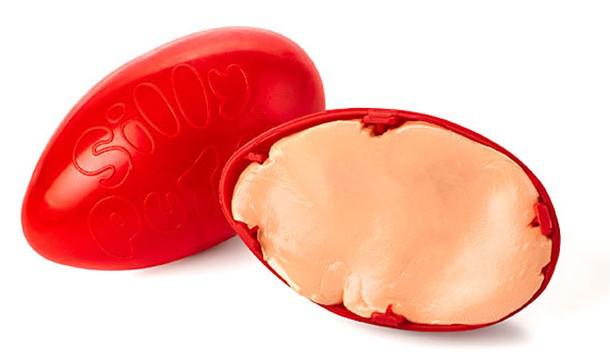
Spring Slinky
In 1943, engineer Richard James, who served in the Navy, tried to develop a spring, which will be able to stabilize sensitive equipment on ships. When accidentally dropped one of her spring, she began to "walk" Richard the idea of a wonderful toy "slinky».
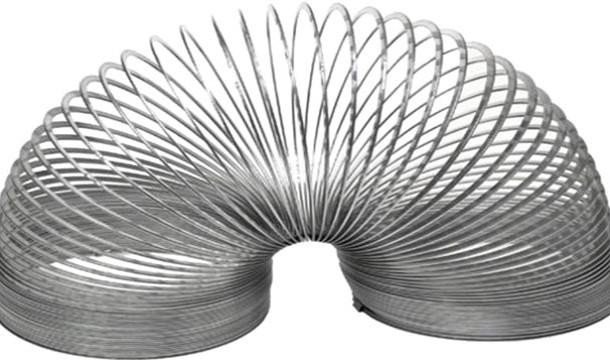
Potato chips
Chef George Crum invented potato chips in 1853 just to spite one of its demanding customers. Once again this demanding client sent him back to chips with the wording "is not enough crisp," that George Crum sliced the potatoes as thin as he could, fry in butter and well salted. So there were potato chips.
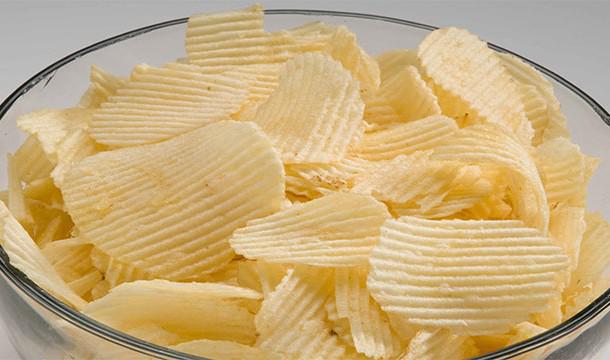
Fireworks
It is no secret that the fireworks was invented about 2,000 years ago in China. According to legend, casually mixed charcoal, sulfur and saltpeter in a bamboo tube gave a nice effect.

Soft clay Play-Doh
Clay was invented by accident in 1955 by Joseph and Noah MakVikerom in a vain attempt to make a wallpaper cleaner. Later this clay began to produce as children's educational toys company Reynbo Kraft.
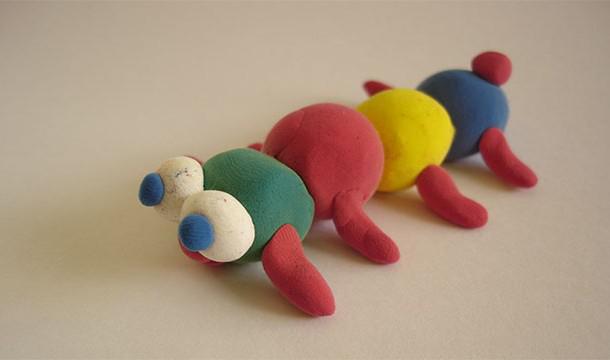
Superglue
In 1942, Dr. Harry Coover regretfully concluded that cyanoacrylate - its discovery - to anything not suitable. This substance is tightly glued to everything it touches.
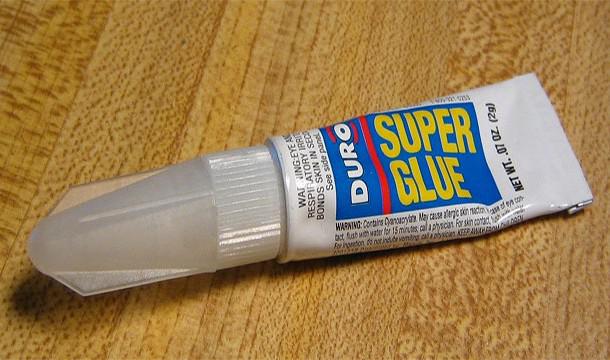
Biscuits with chocolate chips
It is said that the owner of the restaurant home cooking "Toll House Inn" Mrs. Wakefield made chocolate chip cookies, but suddenly she ran out of the cocoa powder. She replaced it with slices of normal chocolate, naively believing that they melt and mix with the dough. And well, that she was wrong.
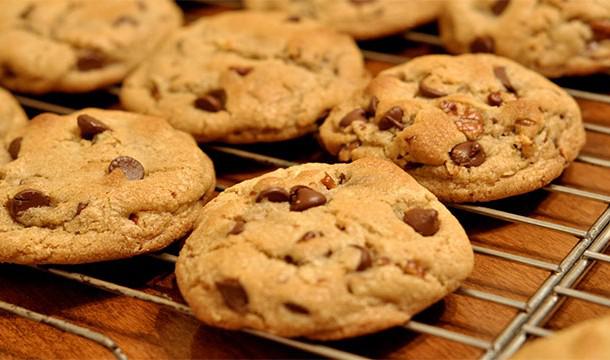
Fruit ice
In 1905, 11-year-old Frank Ipperson forgotten on the porch with a cup of soda. The night was cold, the temperature is below zero has done its job. After 2 decades of ice pop has become known to many people.

Stainless steel
Steelmakers millennia guessed that this added to the alloy steel to make it resistant to rust. Searching with varying success has passed many years. In 1922 Harry Brearley in experiments noticed that one of the samples has not lost its luster. The same sample of alloy steel with chromium.
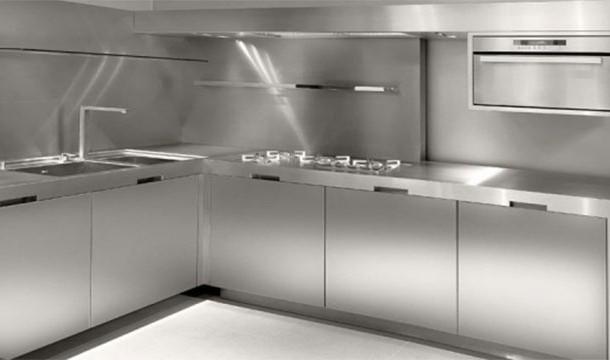
Plastic
In 1907, the Belgian chemist Leo Bakeland set out to find a replacement for shellac. Experimenting with formaldehyde, phenol temperature of heating and mixing them with wood flour, asbestos slate dust, he invented the plastic - plastic material, at the same time quite hard, heat-resistant. The name "plastic" has appeared later, but I bet at hand is now next to you has something made from it.
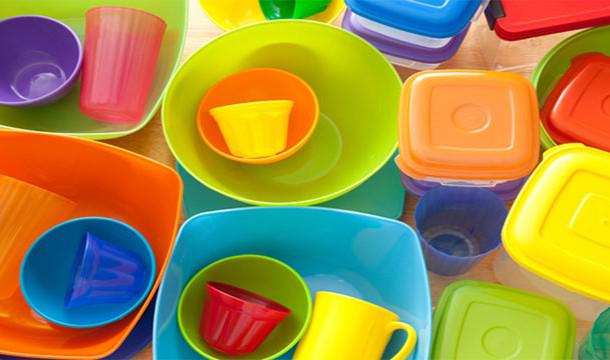
©
A breakthrough in medicine - penicillin, was accidentally discovered by the Scottish biologist Alexander Fleming when he returned from vacation, he noticed that the bacteria were killed by an unknown strain of the fungus.

Microwaves
Once Percy Spencer, an engineer working at Raytheon, noticed that the chocolate bar in his pocket had melted, after he went to the magnetron (generates a microwave electron tube). A few years later, he applied his observation in practice, giving the world a microwave.

Velcro
Velcro properties thistles prompted in 1941. Swiss engineer Georges de Mestral to create textile fasteners, acting on a similar principle. Having examined under a microscope burdock flowers, consisting of Micro-all he could do was to make the second half of the Velcro - mikropetli.

Teflon
In an effort to replace hazardous at the time cooling in refrigerators something more suitable and less dangerous scientist Roy Plunkett of the DuPont invented a surface that is resistant to high temperatures and chemicals - Teflon.

Vulcanized rubber
In the 30s of the 19th century rubber inability to resist extreme temperatures forced many to write off all this stuff. However, Charles Goodyear did not leave hopes to create a new rubber. And help him in this own clumsiness, he simply dropped the sample onto the plate, and, lo and behold, he did not burst into flames.

Coca-Cola
John Pemberton was not a businessman. He just wanted to find a cure for migraine headaches. The recipe was simple: the coca leaves and kola nuts. But his assistant accidentally mix these two ingredients with soda - so there was a Coca-Cola.

Radioactivity
In 1896, French scientist Henri Becquerel was working on an experiment where the crystal-enriched uranium burned image on a photographic plate, using sunlight ... at least he thought so then. One cloudy day, he decided to postpone the trial to better weather, and folded everything you need in a drawer. A few days later Henry found that the crystal of uranium still beams and "clouded" of the plate.

Cornflakes
Keith Kellogg assisted his brother, who worked in a sanatorium town Battle Creek. Once ready to bread made from corn flour, they had to leave. The dough was spoiled and with lumps, but they still decided to bake bread from it. Those are the lumps turned crispy and have become a real hit among nursing home patients.

Saccharin
Constantine Falberg, a scientist at Johns Hopkins University accidentally carried the experiment, some components of home. Over dinner, he noticed that the bread was exceptionally sweet, despite the fact that sugar does not contain. Then Falberg guessed that it was bread from the laboratory.

Pacemaker
Wilson Greytbatch developing a device for recording the heartbeat of animals at Cornell University, mistakenly took the wrong transistor. By incorporating the unit, he realized that the pulses emitted by them are very similar to the rhythm of beating human heart.

Modern anesthesia
For a long time, alcohol was the most famous and preferred by physicians anesthesia. But in the early 19th century, doctors have found that ether and nitrous oxide (laughing gas) temporarily relieves the pain.

Silly putty
During World War II, trying to create a substitute synthetic rubber, James Wright accidentally spilled boric acid to silicone oil. The result was a strange substance stretching, with no obvious way to use. In 1950, Peter Hodgson saw the strange polymer capacity of children's toys in America better known as Silly Putty.

Spring Slinky
In 1943, engineer Richard James, who served in the Navy, tried to develop a spring, which will be able to stabilize sensitive equipment on ships. When accidentally dropped one of her spring, she began to "walk" Richard the idea of a wonderful toy "slinky».

Potato chips
Chef George Crum invented potato chips in 1853 just to spite one of its demanding customers. Once again this demanding client sent him back to chips with the wording "is not enough crisp," that George Crum sliced the potatoes as thin as he could, fry in butter and well salted. So there were potato chips.

Fireworks
It is no secret that the fireworks was invented about 2,000 years ago in China. According to legend, casually mixed charcoal, sulfur and saltpeter in a bamboo tube gave a nice effect.

Soft clay Play-Doh
Clay was invented by accident in 1955 by Joseph and Noah MakVikerom in a vain attempt to make a wallpaper cleaner. Later this clay began to produce as children's educational toys company Reynbo Kraft.

Superglue
In 1942, Dr. Harry Coover regretfully concluded that cyanoacrylate - its discovery - to anything not suitable. This substance is tightly glued to everything it touches.

Biscuits with chocolate chips
It is said that the owner of the restaurant home cooking "Toll House Inn" Mrs. Wakefield made chocolate chip cookies, but suddenly she ran out of the cocoa powder. She replaced it with slices of normal chocolate, naively believing that they melt and mix with the dough. And well, that she was wrong.

Fruit ice
In 1905, 11-year-old Frank Ipperson forgotten on the porch with a cup of soda. The night was cold, the temperature is below zero has done its job. After 2 decades of ice pop has become known to many people.

Stainless steel
Steelmakers millennia guessed that this added to the alloy steel to make it resistant to rust. Searching with varying success has passed many years. In 1922 Harry Brearley in experiments noticed that one of the samples has not lost its luster. The same sample of alloy steel with chromium.

Plastic
In 1907, the Belgian chemist Leo Bakeland set out to find a replacement for shellac. Experimenting with formaldehyde, phenol temperature of heating and mixing them with wood flour, asbestos slate dust, he invented the plastic - plastic material, at the same time quite hard, heat-resistant. The name "plastic" has appeared later, but I bet at hand is now next to you has something made from it.

©




